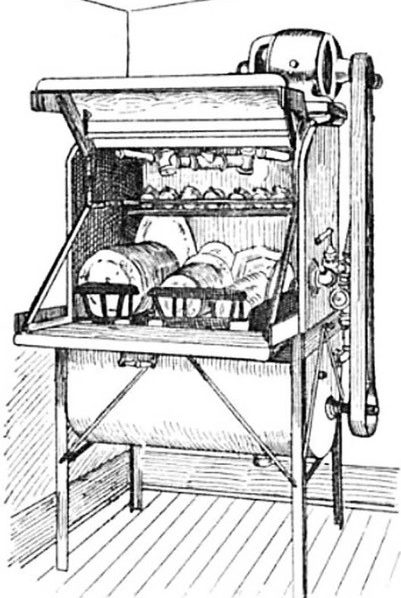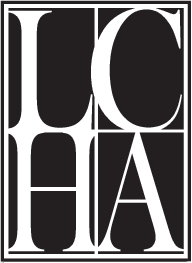by Louise Miller, Education Director for Lincoln County Historical Association

March is Women’s History Month. The year 2020 also marks 100 years since the passage of the 19th Amendment granting women the right to vote. Along with this accomplishment of the women’s suffrage movement in 1820, a number of inventions have affected the lives of women over the past century.
Here is a sampling of women-friendly inventions selected from a list of American inventors:
1843 – Nancy Johnson invented the hand crank ice cream maker.
1849 – Walter Hunt invented the safety pin. The uses and advantages of this little device need no elaboration.
1850 – Joel Houghton invented the dishwasher. Unfortunately, Mr. Houghton’s machine proved to be of a poor design. In 1886, Josephine Cochrane improved on earlier ideas and designed and manufactured a successful model.
1856 – Ralph Collier designed and patented the first rotary egg beater.
1860 – Daniel Hess introduced his vacuum cleaner with bellows to provide the suction. Originally called a carpet sweeper, the appliance was a bit cumbersome. In 1899 John Thurman received a patent on his improved version, adding a motor in place of the bellows.
1872 – Montgomery Ward published the first mail-order catalog for the purchase of general merchandise.
1891 – Whitcomb L. Judson thought it was rather tedious to button all those buttons being used on shoes and invented the clasp-locker – known many years later as the zipper. He improved on his invention again in 1893. Others built on Mr. Judson’s work, but the zipper did not find its way into clothing until the 20th century.
1903 – Thomas Sullivan brought us the tea bag. His customers so liked the samples of tea he sent them in little silk bags that they requested similar bags for brewing the tea. The rest is history.
1919 – Charles Strite invented the pop-up toaster.. Although a number of references give the date as 1919, the actual patent was given in 1921.
1920 – Earl Dickson invented Band-Aides for his wife, who had a habit of getting cut or burned frequently in the kitchen. Mr. Dickson suggested the idea for this little strip to the company he worked for, Johnson and Johnson.
It would be interesting to know how many of these inventions were quickly adopted in Lincoln County homes. The Lincoln County Historical Association’s three historic sites all had families within their walls during this time period. The Chapmans would have enjoyed the 1820 Statehood celebrations from their front door that faced what would become known as Main Street, Damariscotta. The newlyweds, Mr. & Mrs. Tilden Hall purchased the 80 year-old Chapman House in 1835. Members of the Hall family would continue to live there until 1907. The Jailer’s House of the 1811 Old Jail in Wiscasset was home to 21 different families between 1820 and 1913 when it closed. The Pownalborough Court House in Dresden was no longer a public building in 1820, but rather the private homestead of the Goodwin family, whose members resided there until 1920. One might wonder which family might have been the first to have an ice cream maker; how many girls were delighted to give up high button shoes for those with a clasp-locker; how many cooks were delighted to trade in their wire whisk for a rotary egg beater? These little questions about the details of everyday life are often missed in the history books.
The Lincoln County Historical Association is a nonprofit organization that provides stewardship for the 1754 Chapman-Hall House in Damariscotta, the 1811 Old Jail and Museum in Wiscasset, and the Pownalborough Court House in Dresden. For more information about the Lincoln County Historical Association, visit www.lincolncountyhistory.com and the Facebook page, Lincoln County Historical Association Maine.

 Newsletter
Newsletter Join LCHA
Join LCHA Donate Now
Donate Now